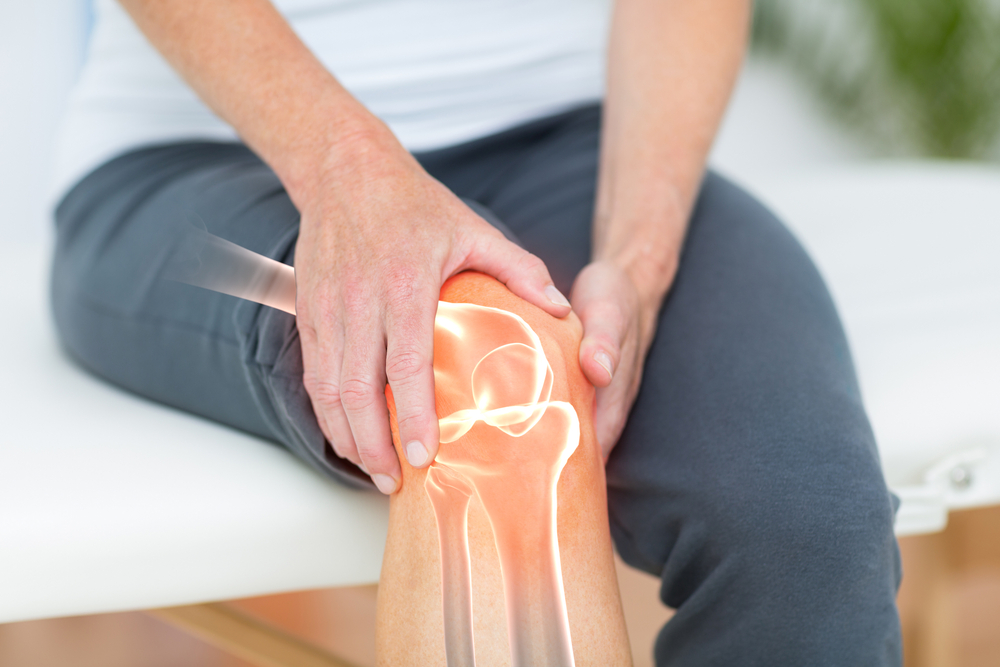World Arthritis Day – Common Arthritis Types You Should Know

World Arthritis Day – Don’t Live with an Arthritis Pain
Arthritis is a condition where your bones and joints tend to swell and become tender. The primary symptoms of arthritis are joint pain and stiffness of joints that feel worse in the morning and in cold weather. Arthritis-induced joint stiffness keeps getting worse as age progresses.
World Arthritis Day is the best time to know and spread awareness about arthritis, its types, symptoms, and treatment. The most common types of arthritis are osteoarthritis and rheumatoid arthritis. Each has its own set of causes, symptoms, and treatment plans. Here are different types of arthritis you should know about:
Different Types of Arthritis
Osteoarthritis
Osteoarthritis is one of the most common types of arthritis and it affects more people across the globe than any other arthritis type. In basic terms, osteoarthritis can be called the ‘normal wear and tear’ of the joints due to age or an existing condition like joint injuries, obesity, and any extra stress on the joints.
Knees, hips, feet, and spine are the joints in your body that bear the maximum weight and are highly vulnerable to getting affected by osteoarthritis. It often strikes gradually and keeps worsening the joint situation and movement without making the person feel sick or experience fatigue.
Osteoarthritis symptoms depend on the type of joint affected and the severity of the condition. Common symptoms of osteoarthritis include:
- A deep aching pain that doesn’t get better with painkillers
- Having trouble doing routine activities like dressing up, combing hair, gripping things, bending over, climbing stairs, or squatting
- Morning joint stiffness that doesn’t get better before 30 minutes
- Pain while walking
- Joint stiffness after resting
- Joint feels
- Warm on touch
- Swollen, you find it harder to move
- Unable to perform a full range of uninterrupted motion
Rheumatoid Arthritis
Rheumatoid Arthritis or RA is an autoimmune disease where the person’s immune system attacks their own parts of the body, specifically joints. RA, when left untreated, can cause severe inflammation and even damage the joints badly if not managed well. Most people affected with RA end up getting rheumatoid nodules or small lumps on their skin over joint areas that receive the maximum pressure like knuckles, elbows, and heels.
Doctors are still unsure about what causes RA and its symptoms either strike suddenly or come on gradually. RA symptoms may mirror the OA symptoms but are often worse than the latter. Here are some RA symptoms:
- Pain, swelling, tenderness, and stiffness in hands, wrists, elbows, shoulders, knees, ankles, feet, jaw, and neck. RA can basically strike any joint in the body or multiple joints at a time.
- RA has more than one swollen joint, typically the small joints in hands, wrist, and feet.
- RA has a symmetrical pattern when it comes to the joint’s inflammation. The affected person may first feel the swelling of knuckles of one hand while the other hand may swell soon too which is then closely followed by the other parts too.
- Joint stiffness in morning that can last for hours or most part of the day. This can also lead to a loss of appetite and fatigue throughout the day followed by weight loss.
Lupus or SLE or Systemic Lupus Erythematosus
Lupus or SLE is an autoimmune disease that affects your joints and multiple other organs of the body. Doctors are still unsure of the lupus causes but they believe it’s when the immune system goes for a toss and it starts attacking its own organs instead of the external stressors. It usually affects people between the age of 15 and 44 and more women than men are likely to get lupus.
Here are some of the common Lupus symptoms:
- Painful and swollen joints
- Headache
- Fatigue
- Rashes having the pattern of a butterfly across the cheeks
- Swelling in the legs, feet, hands, or around the eyes
- Mouth sores
- Hair thinning and loss
- Sun sensitivity
- Blood disorders like anaemia, low white blood cells and platelets
- Chest pain resulting from the inflammation of the heart and lung lining
Gout
Gout is termed as the build-up of uric acid crystals in a joint, specifically the big toe or another part of the feet. In gout, you may have a sudden sharp and stabbing pain in your big toe which could be a result of drinking, drugs, stress, or any other factors that can trigger a gout attack.
A typical gout attack will last for 3 to 10 days, with or without treatment. Initial gout attacks may be spanned over time but you may experience frequent attacks as the intensity and time progress. Unattended gout disorder may lead to joint and kidney damage in the long run.
Causes for gout are:
- Your body is producing more uric acid than normal
- Your kidneys are inadequate in processing the uric acid made by your body
- You’re consuming certain foods that are increasing your uric acid levels
Gout symptoms always come on in an instant and are palpable. Here are some noticeable gout symptoms:
- Intense joint pain in your big toe, ankles, wrists, knees, elbows, or fingers
- Joint discomfort even after the pain subsides
- Red, swollen, and tender joints due to inflammation
- Stiff joints that will be hard to move
Severe arthritis, specifically the one that includes your hands and legs is the most difficult to deal with and requires immediate and continual medical attention. See your nearest bone and joint specialist to successfully diagnose and treat the different types of arthritis.


